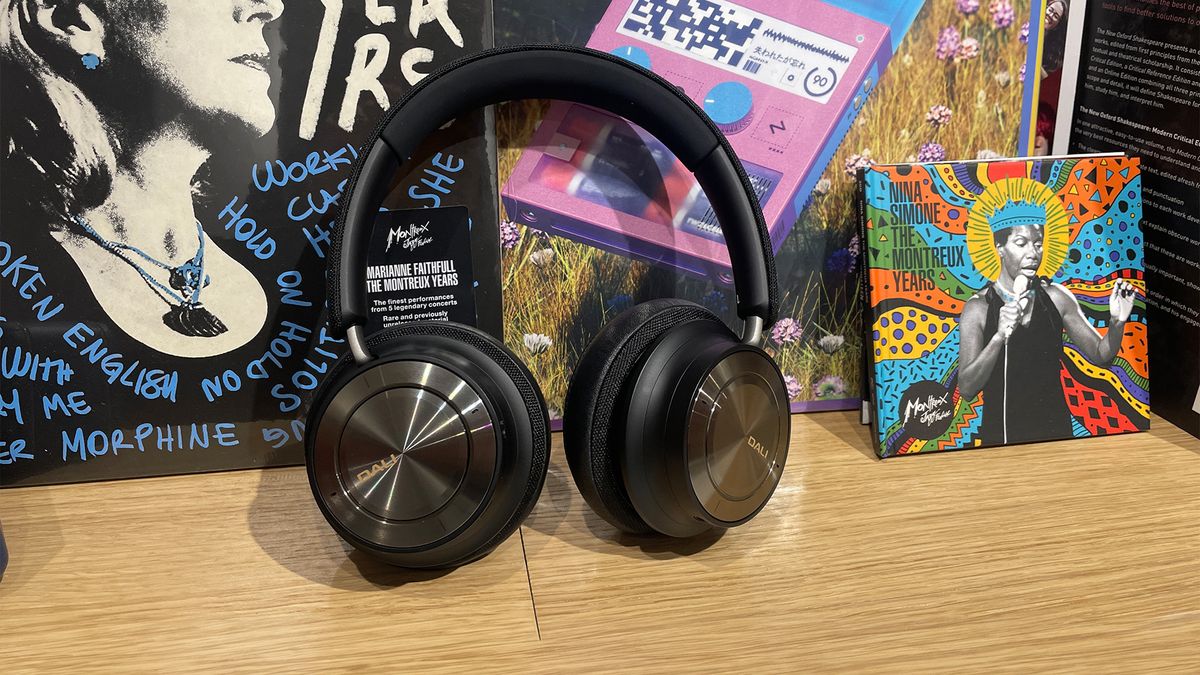Panasonic returned to the US TV market last year, and only a matter of months later, I’ve convinced myself that its latest flagship OLED is the best TV of CES 2025. It’s an impressive resurgence for a brand that many home theater enthusiasts remember for producing superb plasma sets back when those represented the crème de la crème of display technology for the living room. After a long hiatus, Panasonic is back in the game and squaring off with Sony, LG, and Samsung in the very premium (and very pricey) TV category.
The company’s new OLED, the Z95B, will come in three sizes: 55 inches, 65 inches, and 77 inches. It uses the latest and greatest OLED panel from LG Display, which is a new four-layer tandem structure that beats out the brightness of last year’s LG G4 even without the micro-lens array technology that squeezed as much brightness as possible out of that TV. Last year’s Z95A from Panasonic also used MLA, but the new approach gets better results and is cheaper to produce.
So the panel is top tier and should be a formidable alternative to the QD-OLED display used in Samsung’s respective 2025 flagship, the S95F. OLED TVs just keep getting brighter, more vivid, and dazzling — and consumers really can’t go wrong with any of them. The Panasonic stopped me in my tracks on the show floor and looked phenomenal. I couldn’t help but stare at it for several minutes. The Z95B also offers support for gaming at up to 144Hz, so it’s a strong contender there as well, though both LG and Samsung stepped it up to 165Hz this year.
Another thing that sets the Panasonic apart is its built-in Dolby Atmos speaker array. The drivers and sound performance have been tuned by Technics, with a badge that advertises as much. I really dig the fabric sides of this TV; it’s a classy way of concealing the side-firing and upward-firing speakers.
Yes, that audio hardware results in this being a thick set by 2025 standards — especially for an OLED. Panasonic didn’t hold back in making the Z95B a hulking beast of a TV. But the good news is that many people won’t need to bother with a separate soundbar since this system will (likely) sound so good. As noted by the excellent Caleb Denison at Digital Trends, the company has also reworked the TV’s cooling system with a new heat dissipation technique that should help keep that four-layer OLED panel in tip-top shape over the long term.
But there is one glaring dilemma with Panasonic TVs: they run Amazon’s Fire TV OS. That’s rather unfortunate. It’s my least favorite TV platform among the pack, and I’d argue Amazon has crossed the line when it comes to pushing ads on customers — even if the most egregious examples can be disabled in settings. Fire TV has some good ideas here and there; the ambient mode widgets are something Google has taken note of. But I really hope that Panos Panay and the Fire TV team take a sledgehammer to this software and come back with something much sleeker, more intuitive, and worthy of a TV that’s certain to be very expensive if the Z95A is anything to go by.
Even so, I know plenty of people who mostly ignore their TV’s default software and use an Apple TV, Nvidia Shield, or some other streaming player as their preferred entertainment interface. With Samsung and LG both being very aggressive with the AI gimmicks this year, I anticipate seeing even more of that. The LG G5 will feature an LLM-powered chatbot, has an AI button on its remote, and even ships with Microsoft Copilot built in. It’s getting to be a little much, no?
To me, the “best TV” of CES comes down to what kind of home theater experience it will provide. And Panasonic is already doing an impressive job keeping pace with Sony when it comes to delivering a living room centerpiece that nails both picture and sound. I wish the Z95B (and the company’s 2025 Mini LED TVs) ran, well, any other TV operating system. But I don’t think Fire TV OS is bad enough to sink this high-end set. If you disagree, at least it’s relatively easy to just use something else most of the time.
I can’t wait to spend more time with the Z95B when it starts shipping later this year. More competition benefits everyone who’s on the lookout for a new TV. Companies like TCL and Hisense have done a great job setting new expectations of what you can get for under $1,500. And now Panasonic’s return is showing us what’s possible for those with the means to splurge on their next big upgrade.
Photography by Chris Welch /
£







/cdn.vox-cdn.com/uploads/chorus_asset/file/25821777/DSCF4473.jpg)

/cdn.vox-cdn.com/uploads/chorus_asset/file/25826491/PXL_20250106_223233485.jpg)



/cdn.vox-cdn.com/uploads/chorus_asset/file/25803641/247455_Kindle_Scribe_SVasani_0001.jpg)